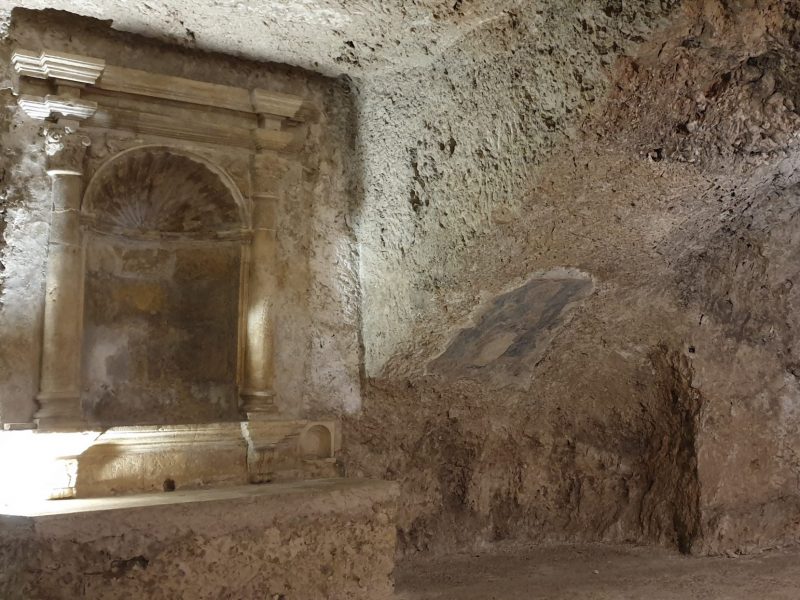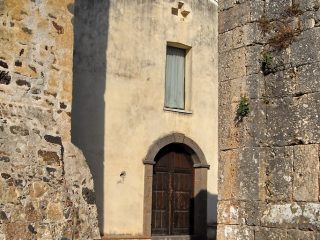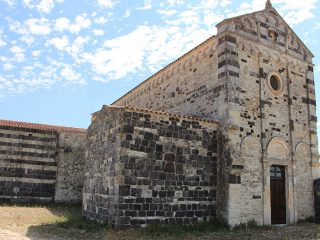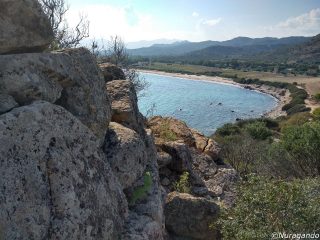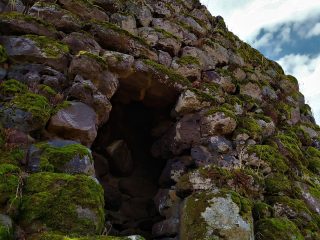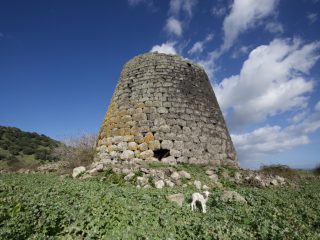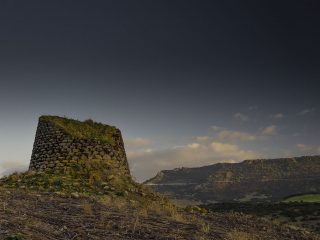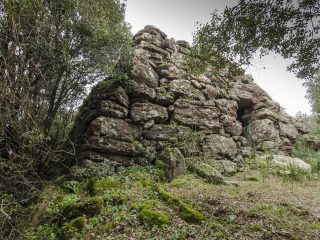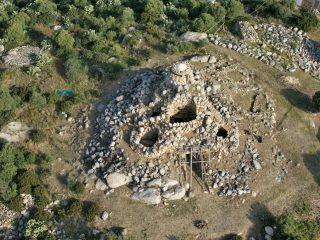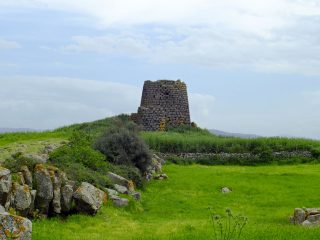The crypt of Santa Restituta can be found next to the church of the same name. Throughout history, it was used for different purposes. In the late Punic era, it was a limestone block quarry; it later became a place of worship. As early as the I century A.D., it was used as a storage area for amphorae. It was then abandoned for twelve centuries, before once again becoming a place of worship. Another period of abandonment followed due to fact that the nearby churches of Sant’Anna and San Francesco attracted more worshippers. At the start of the Seventeenth century, the hypogeum was discovered and all the material that had accumulated there over time was removed.
The crypt has a large central area linked to the outside by two staircases carved into the rock. The walls were decorated with paintings, of which only the figure of Saint John the Baptist, dating from the XIII century, still remains. The marble statue of Santa Restituta stands on the high altar, while the low alter houses the simulacrums of Saints Giusta, Giustina and Enedina.
Following the discovery of the relics in 1614, the then bishop of Cagliari Francisco Desquivel ordered improvement work to be done: the altar raised and three niches created. The central one housed the relics of the four Saints and the statue of Restituta. In the side ones, most likely, there were simulacrums of Eusebio, bishop of Vercelli, and abbess Eusebia. The crypt houses a statue of the Redeemer on the Throne, with no head or arms, dating to the XIV century, with traces of coloured pigments. On the same side, we can also find the so called schola Sanctae Restitutae, the place where, according to tradition, the Saint gave lessons to youngsters in the neighbourhood.
During the second world war, the people of Cagliari again made use of the hypogeum as an air-raid shelter and hid the Saint’s relics in the church of Sant’Anna. They were left forgotten there until they were discovered in 1997, inside an urn containing a cartouche that identified them as the relics of Santa Restituta.


